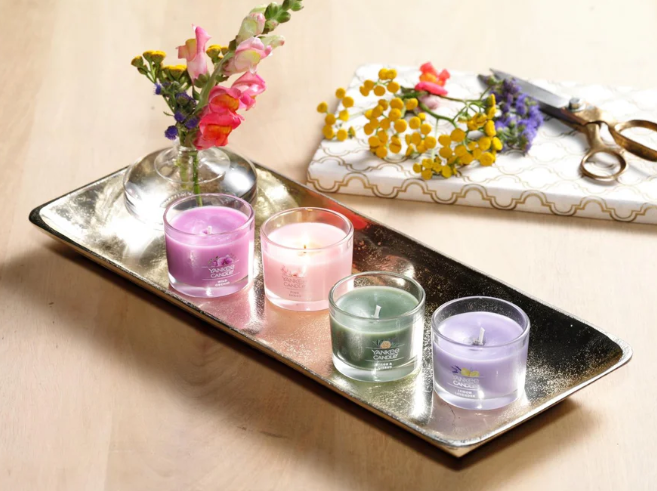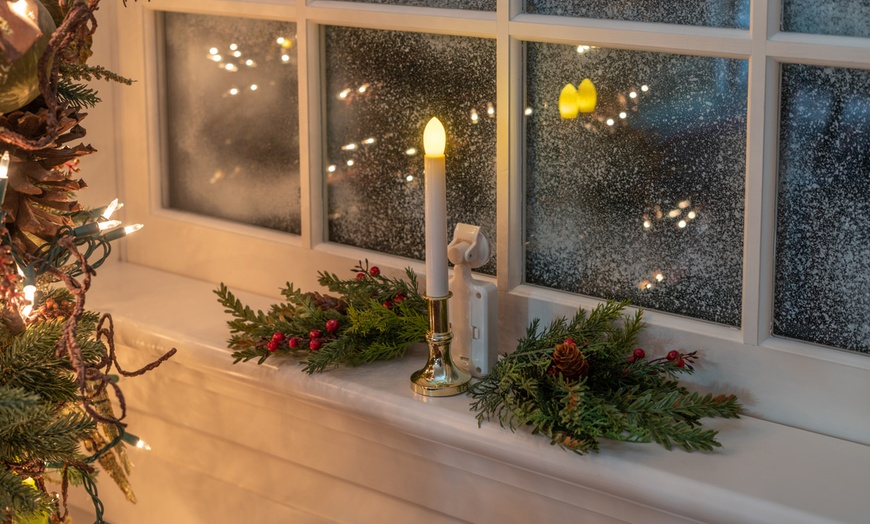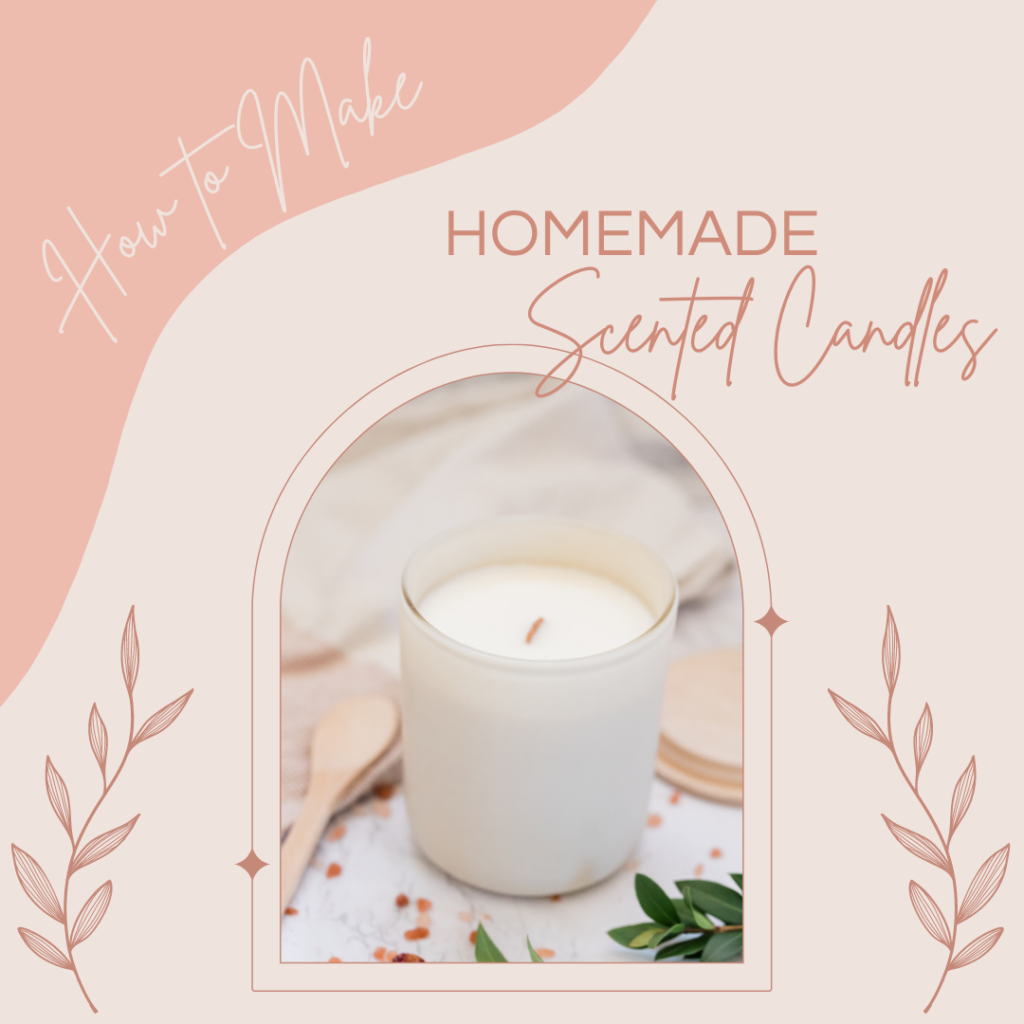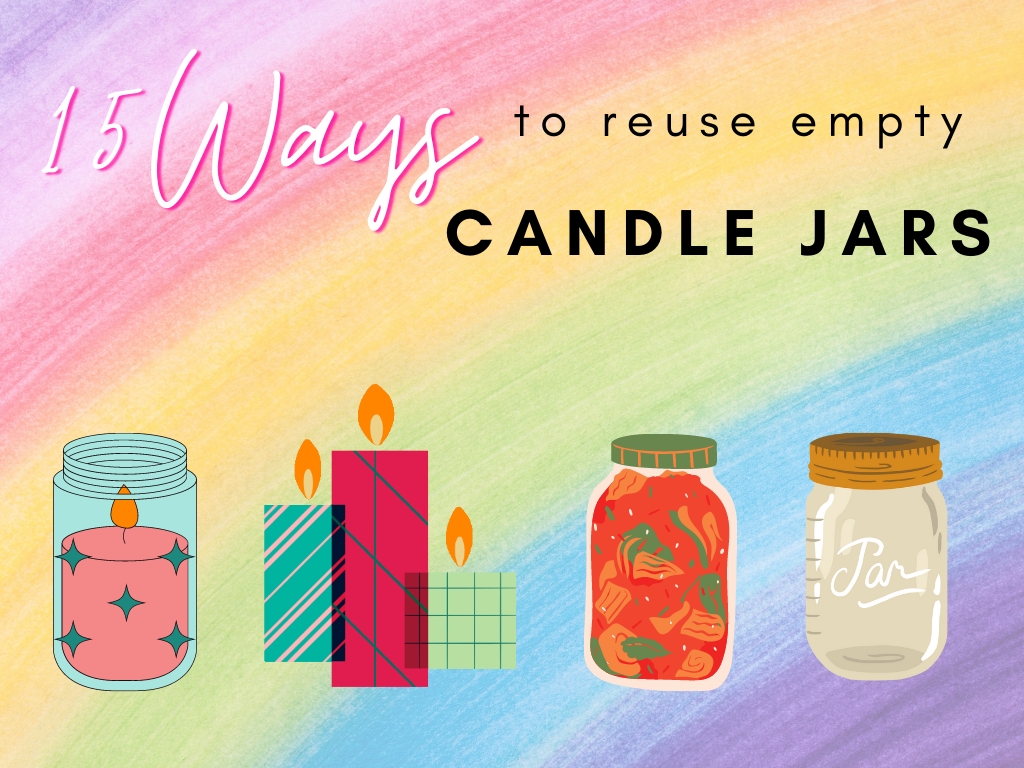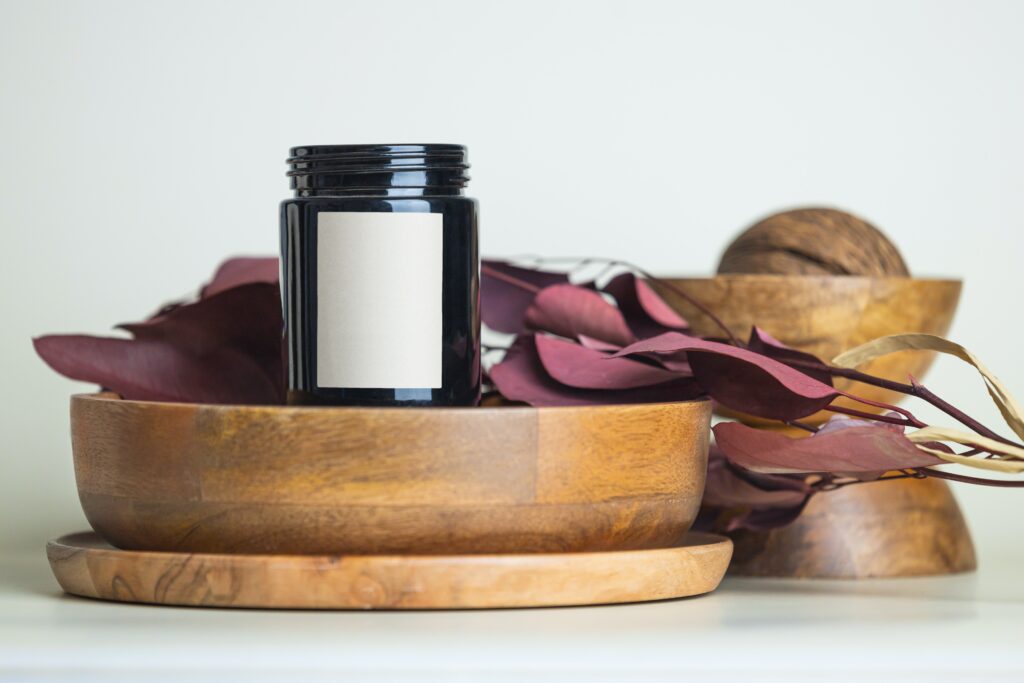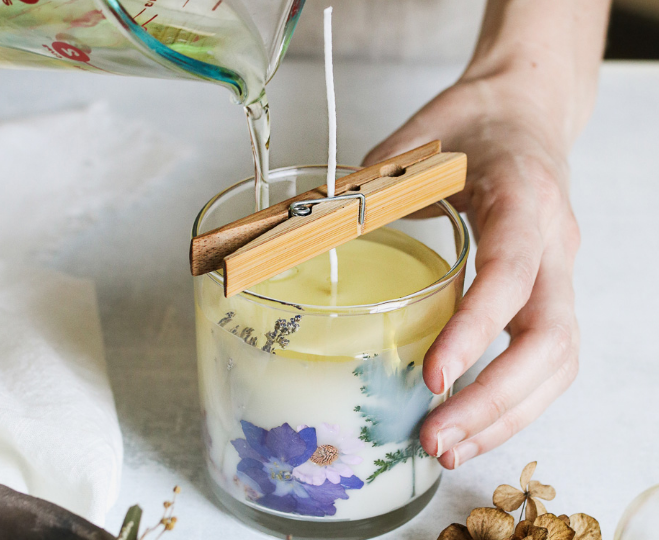Which Is The Best Candle Wax To Use For Scent Throw?
Are you burning candles for the first time? You may not have thought about the wax you use to make your candles, but it’s very important. The wax you choose will determine if your candle will burn evenly and smell great, or if it will quickly die out once lit.
With so many different types of wicks available on the market today, what type of wax should I use? The answer lies in knowing how much scent throw (or how long a candle will hold its fragrance) is needed for your specific project.
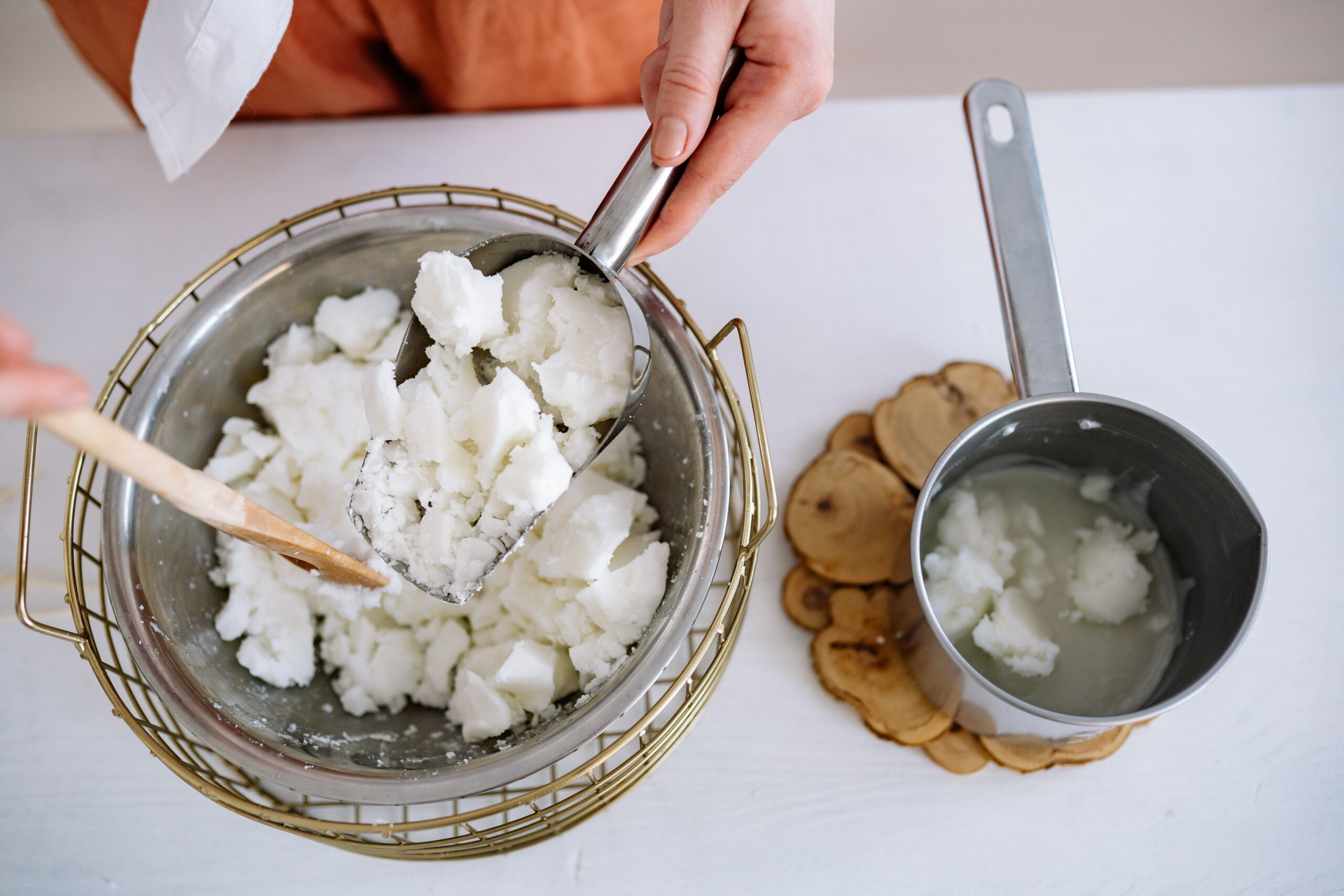
What is scent throw?
The scent throw is a term used to describe how well your candle releases its fragrance. Candles need to have a good scent throw, or you might find that the scent of your candle doesn’t quite live up to expectations.
If you want an example of how important this can be, think back to when you were little and played matches in the middle of winter! The wind carried flame over everything until eventually, everything smelled like burnt matchsticks…and then even more so as time went on!
Candles are no different in this regard: if they don’t release their fragrance evenly across all areas (think about it—if there was one huge area where people could fully appreciate what was happening instead), then we’d have no choice but to put out our candles before they burned down completely (which would mean wasting money).
Scent throw simply refers to how well your candle holds and releases its fragrance.
Scent throw simply refers to how well your candle holds and releases its fragrance. It is measured in volatiles, which are molecules with high vapor pressure that evaporate easily. The more volatile something is, the stronger its scent will be when it burns down to nothing.
How do you calculate scent throw? Well, it depends on what kind of wax you use:
- Beeswax candles have an average of 12-15% volatiles;
- Soy candles (also called paraffin) have an average of 13-16%;
- Palm waxes tend towards the lower end at around 10%.
It’s the difference between making candles that smell nice when first lit but then quickly fade away, and candles that fill your room with their aroma for hours after lighting them.
| Container Size (Inside Dimension) | ||||
| Wick Size | Paraffin | Soy OR Coconut | Soy/Paraffin Blend | Beeswax |
| Small | 2.75″ – 3.25″ | 2.25″ – 2.5″ | 2.5″ – 3″ | 2″ 2.25″ |
| Medium | 3.25″ – 3.5″ | 2.5″ – 3″ | 3″ – 3.25″ | 2.25″ – 2.5″ |
| Large | 3.5″ – 3.75″ | 3″ – 3.25″ | 3.25″ – 3.5″ | 2.5″ – 2.75″ |
| Extra Large | 3.75″ – 4″ | 3.25″ – 3.5″ | 3.5″ – 3.75″ | 2.75″ – 3″ |
The scent throw is the ability of a candle to fill your room with its aroma. The wax you use will determine how strong or faint the scent is, as well as how long it lasts.
What wax has the best scent throw?
In the world of candles, it’s hard to choose between one wax and another. They all have their advantages and disadvantages. Paraffin wax has the best scent throw, but it also melts at a lower temperature than other types of waxes.
Soy wax is very similar to paraffin in terms of its performance as a scent carrier (and costs less), but soy has some drawbacks when it comes to the melting point—so you’ll have to pay more for this one! Beeswax smells great when burned, but because it melts at such high temperatures (around 650 degrees Fahrenheit).
Its scent throw isn’t quite as good as other options like paraffin or soy; however, beeswax does have one advantage that other types don’t: It burns cleaner than most other options because it doesn’t produce soot residue on your walls or furniture after each use!
The higher melting point means better performance when using different scents in your house–for example, candlelight scents tend not only to smell nice but also make people feel relaxed while they’re reading books at the fireside at night; whereas fragrance oils tend
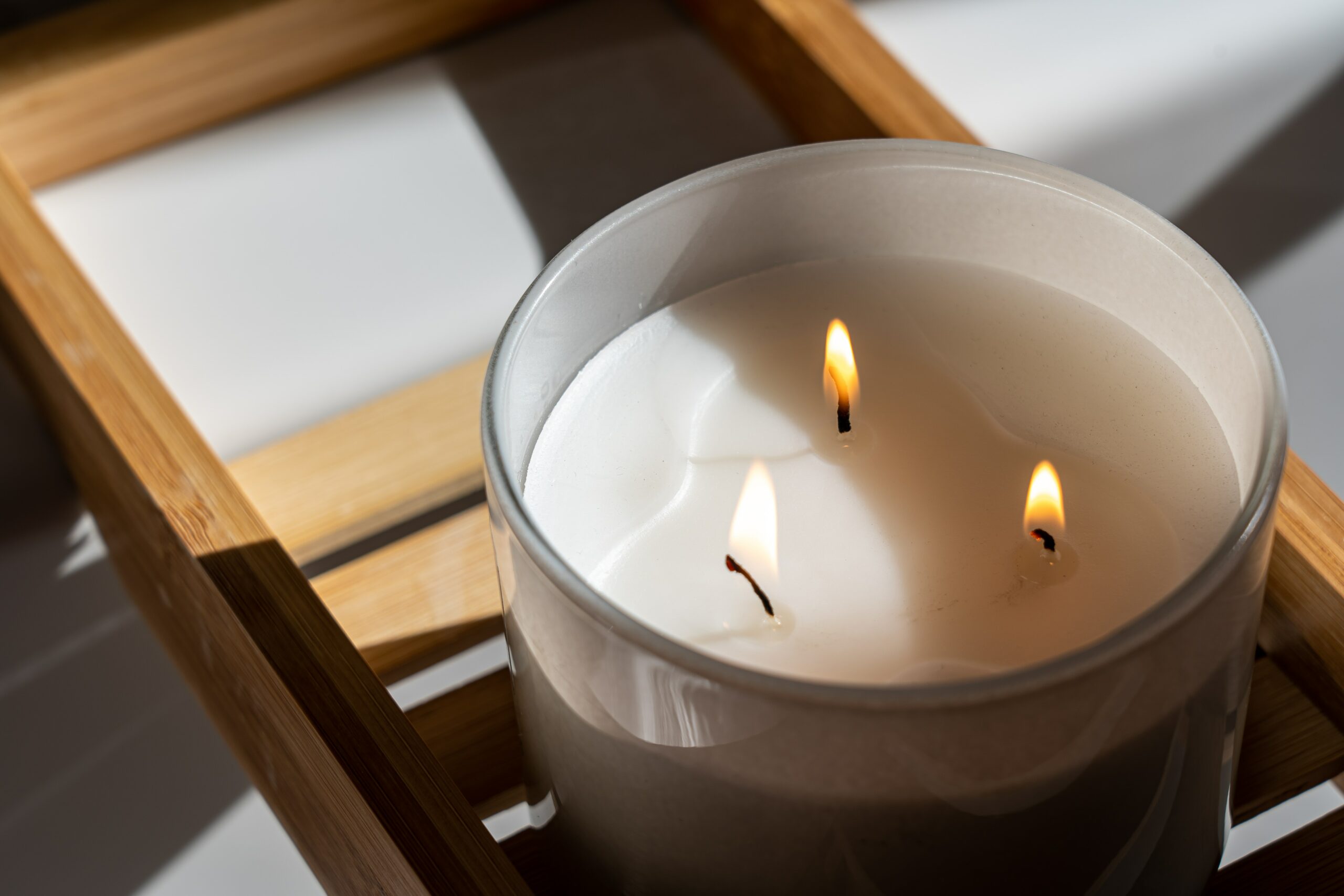
What wax makes the best candles?
There are a lot of options when it comes to wax for candles. From paraffin to soy, beeswax, and even palm wax, there are many types of waxes you can use.
Paraffin wax is the most common type of candle wax. It’s also the cheapest to buy, but it’s not as versatile or strong as other types.
Beeswax is a natural product made by honeybees and contains a lot of minerals that give it a unique fragrance. Beeswax has been used in candles since ancient times and is still popular today because it burns cleaner than other types of wax.
Palm wax comes from the fruit of the palm tree and has a very light color and consistency compared to other types of waxes because it contains little to no pigment.
How do waxes and fragrances work together?
Waxes and fragrances work together to make the product smell good. Fragrances are essential for making a product smell good, but waxes are essential for keeping the product fresh and preventing it from drying out.
Waxes help to keep products fresh because they help to seal the ingredients in the bottle (which can cause them to dry out). If the wax is not used, the air gets in through the bottle’s opening and causes ingredients inside to dry out. Waxes also help to prevent water from getting into the bottle by keeping air out of it.
Fragrances protect against air getting into packaging by forming a barrier around it that prevents oxygen from entering. This makes them perfect for protecting against moisture loss which is why many products come with both fragrances and waxes as well as other ingredients like preservatives or stabilizers that keep these other ingredients stable throughout their shelf life.
Paraffin Vs Soy Scent Throw
1. Paraffin Wax
Paraffin wax is the most common wax used in candles. It’s a petroleum-based product with a melting point of about 356°F. Paraffin wax can also be found as hard paraffin, soft paraffin, or refined oil (refined). The term “paraffin” comes from the olden days when people used to melt their candles over open fires and use them as an ingredient for homemade lamps.
The benefit of using paraffin is that it’s easy to work with—it melts quickly and holds fragrance well (just like beeswax). Another bonus: since it has such a low melting point, you don’t have to worry about burning your house down while making your scented candles!
2. Soy Wax
- Soy wax has a higher melting point than paraffin, which means it’s more difficult to work with. You’ll need to use a double boiler or wick warmer if you want to get this type of wax into your candle without getting it too hot.
- Soy wax is also more expensive than paraffin. However, soy wax makes for stronger scents because they don’t burn off as quickly as other types of scented oils do (like vanilla). If you’re looking for something that will last longer without being overpowering or fading away in the heat of your home’s temperature fluctuation during the day/night cycle then maybe this is an option worth considering!
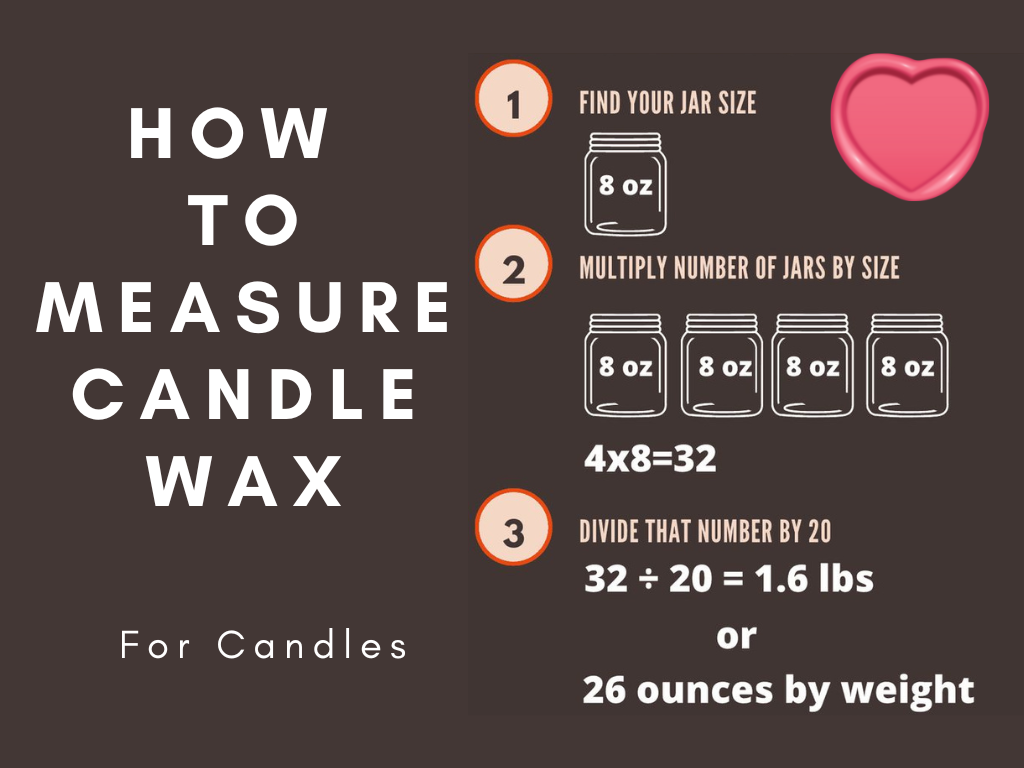
Other Things That Affect a Candle Scent Throw
1. The size of the container you’re using. A small candle in a small container will have a much stronger scent throw than one in a large container.
2. The type of wick used. This is especially important if you use an electric candle warmer or gel candle, which can be affected by how much wax is melted and how long it takes to get hot enough for the wax to start flowing into the air.
3. The amount of fragrance oil used in your candles. There’s nothing worse than finding out that your favorite scent just doesn’t translate well into candle form! If you’re using a cheap brand, you might want to consider going up in quality or trying another brand altogether (or both!).
4. How long do your candles burn after they’ve been lit? Again, another factor that can affect how strong/stronger-scented your candles are when they’re burning — this time it’s relative to how long they burn once they’ve been lit!
What other considerations are there?
There are many considerations when it comes to scent throw. The most important ones are:
– What kinds of scents do you like? Do you like natural or synthetic scents?
– How strongly do you want your scent to be?
– Where do you want the scent to last? In the air, on your skin, or in the room?
– Are there any allergies that could affect how strong the scent is?
– Will you need a lot of candles for yourself or will they be shared with others?
Conclusion
The wax you use should depend on the type of candle you are making. If you are trying to create an elegant scent throw, paraffin is the way to go. If your goal is to create a strong, long-lasting candle that fills your room with its fragrance for hours after lighting it, then soy wax will do just fine.
What’s the best wax to use when starting to make candles?

